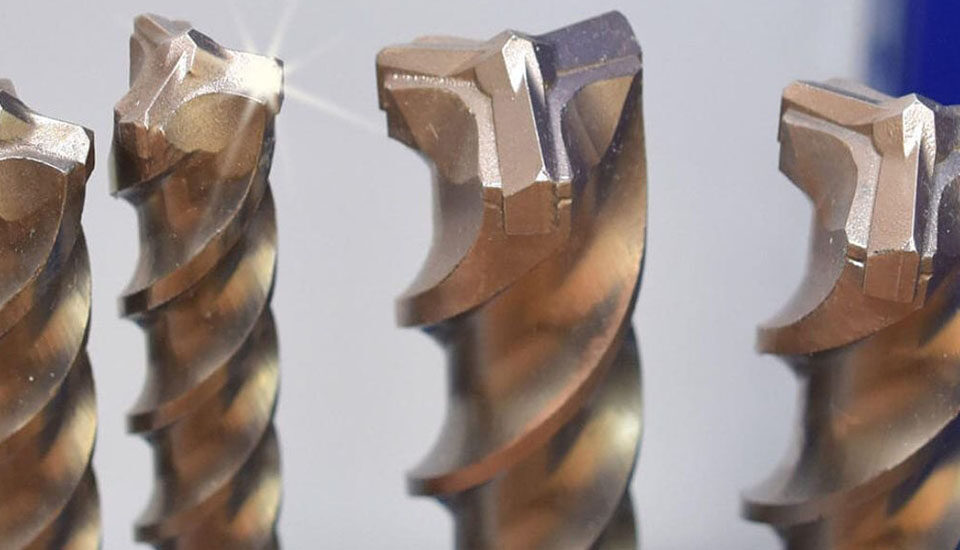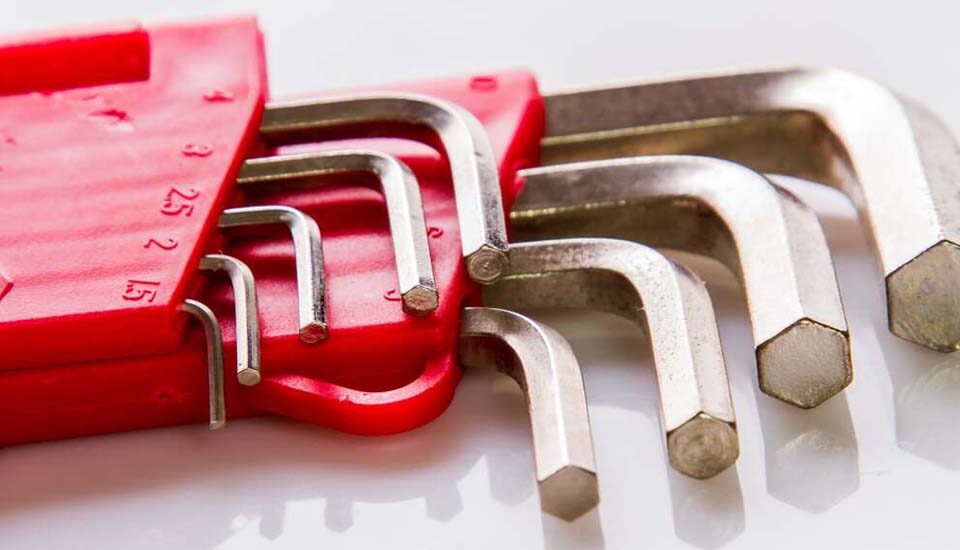How to fix a car tire with mechanical tools?

When does a puncture occur ?
A car tire is a part of the car cycle that is connected to the road surface and performs the task of carrying and moving the car. These tires are filled with air and to maintain their strength and optimal performance, the air pressure inside the tire must be kept within a certain limit.
Car puncture happens when you are moving and something gets inside your tire and the tire deflates and it becomes difficult to control the car. Normally, the air is kept inside the car tires and those tires are soft and full which allows the car to move easily on the road. But when it gets punctured, it means that the air is out of the tire and the tire loses its softness to some extent. Therefore, when the car moves on a flat tire, you feel that the car is harder to control and its play is more.
A flat tire as a common problem in driving reduces the efficiency of braking, car control, and speed, and the tire must be repaired or replaced quickly so that we can reach the destination well and without problems. To repair or replace a flat tire, it is generally necessary to stop and seek professional assistance or the appropriate tools to repair or replace the tire.
The causes of a puncture can be varied, including natural tire wear over time, glass or sharp razor blades on the road, and even a flat tire due to impact with a hard object such as hitting a rock or metal.
how to fix flat tire?
To fix a flat car tire, you can follow the following steps:
Stop safely:
First, stop your car in a safe place. If possible, move the car to a place where the road is wider and off the main road. If you are on the open road, drive so that your car is visible and does not pose a danger to other drivers.
Place the safety handle:
Before doing anything, place the safety handle (or something that prevents the car from moving) under the punctured wheel. This safety handle prevents unwanted movement of the car when changing the tire.
Shutting off the engine and pulling the handbrake and putting the car in gear: Turn off the car engine and put the car in park (P) position or if the car is manual, put it in first gear and put the handbrake on. Draw
Remove the punctured object:
If the punctured tire has a nail, needle or other sharp object inside, try to remove it with a nail puller or a tire remover. If the needle is stuck in the tire, remove it from the tire when changing the tire.
Using box wrench:
Step 1: Loosen Nuts or Bolts: Loosen the tire nuts or bolts using a box wrench and the appropriate tire nut. This work is necessary to remove the punctured tire.
Step 2: Change the tire: Remove the flat tire from the brake crown and replace it with a new spare tire. Then adjust the nuts or bolts to fit the new tire in place.
Step 3: Adjusting Nuts: Carefully tighten the nuts or bolts in the order that suits the tire. This must be done carefully to secure the tire properly.
Using the jack:
Step 1: Find a suitable point: First, find a point on the front or rear axles of the car that is suitable as the main point for placing the jack. This spot is usually a rectangular spot with small holes under the car designed for jacks. Or it has a protrusion that fits into the jack groove.
Step 2: Place the jack: Place the jack on the appropriate point and ensure that the jack is completely vertical on the ground.
Step 3: Elevation: Using the jack handle, raise it to a higher level to lift the flat tire off the ground. This height should be enough for the new tire to be placed in place of the punctured tire.
It should be noted that before lifting the car, you must open or loosen the tires.
Enlarge the Hole:
If the hole is larger than a pencil, skip this step. If not, grab your tire-repair kit’s reamer, and use it to enlarge the hole until it is roughly the size of a pencil.
If you have a very small hole, this will be difficult at first. Install the reaming tool by slowly screwing it into the tread while applying downward pressure. Otherwise, just push the tool into the hole all the way up to the handle, then yank it out. Repeat until the hole is large enough that you can insert and remove the tool without much effort.
Install the Plug:
Remove a rope plug from the plastic wrapper, flatten one end with the needle-nose pliers, and push it through the eyelet on the installation tool. Grasp the protruding edge of the plug with the pliers, and pull it through the eyelet until equal lengths of the plug protrude from both sides.
Grab a finger of lube from the kit, and apply it to the plug and leading edge of the tool. Place the tool tip down on top of the hole in the tire, grasp the tool securely with both hands, and force it through the tire until the depth guide is flush with the tread. Then yank the tool straight out of the hole as hard and fast as you can. The rope plug should pass through the eyelet and remain inside the tire.
Reinstall the Wheel:
Use your air compressor to inflate the tire to the recommended pressure. (You’ll find that listed inside the driver’s doorjamb.) Once inflated, reverse the tire-removal steps described above to reinstall the wheel. First, install the lug nuts by hand to secure the wheel to the hub. Then, once you’ve lowered the vehicle back down and removed the jack, use the lug wrench to make sure all the lug nuts are as tight as possible. Tighten them in a star pattern, so the wheel snugs back to the hub evenly.
Step 1: Connect to the tire: Connect the air compressor of the lighter to the needle of the punctured tire. Cigarette lighters usually have a short needle and hose that connects to a car cigarette lighter.
Step 2: Start the compressor: Turn on the compressor and add air pressure to the tire. The correct pressure for your car’s tires is indicated in the car’s manual or inside the driver’s door. When pumping air, try to control the pressure carefully.
Step 3: Check the pressure: After pumping air into the tire, use a pressure measuring device (pressure gauge) to check the pressure in the tire to make sure it is set correctly.
Recheck:
After changing the tire and pumping it up, carefully check the new tire to ensure proper installation and proper pressure.
Note that if you have a problem with changing tires or punctures, it is better to go to a local repair shop and get professional help. Also, it is always emphasized to have the necessary tools for changing a tire in the car and also to have enough knowledge of how to change a tire so that you can act in an emergency.
After completing the above steps and making sure of the new tire, release the jack slowly and remove it from under the car and carefully place the punctured tire and the used tools in the tool box and trunk of the car. Then put the car out of park mode and continue your journey.



